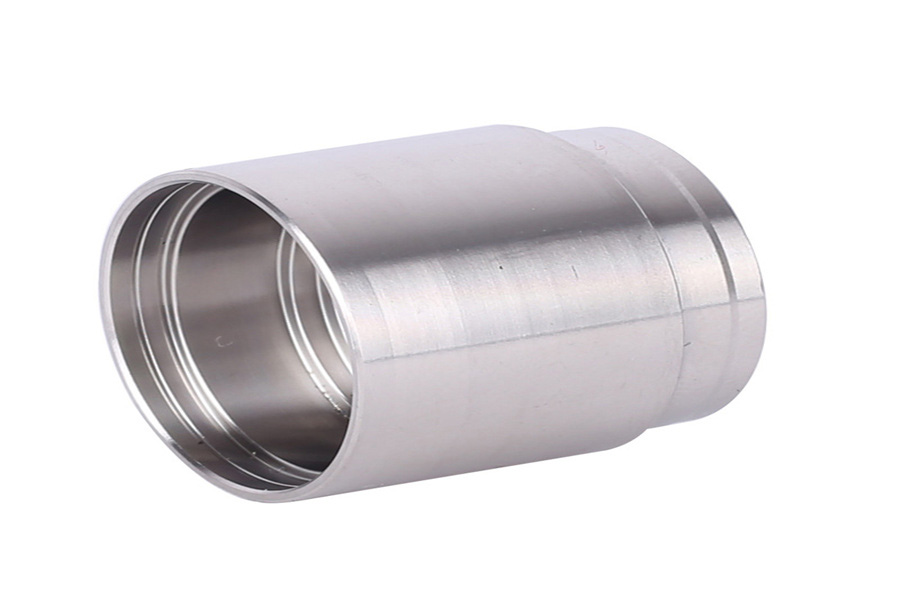The thickness of the metal layer removed in each process of CNC turning is called the machining allowance between processes. For the torsion surface of the outer circle and the hole, the machining allowance is considered from the diameter, so it is called the symmetry allowance (that is, the bilateral allowance), that is, the thickness of the metal layer that is actually removed is the diameter of the machining allowance. half. The machining allowance of the plane is the unilateral allowance, which is the thickness of the metal layer that is actually removed
The goal of leaving a machining allowance on the workpiece is to remove the machining deviation and external defects left by the previous process, such as the chilled layer, pores, and sand layer on the outside of the casting, and the oxide scale, decarburized layer, and external cracks on the outside of the forging. , The internal stress layer and external roughness after cutting. Thereby improving the accuracy and surface roughness of the workpiece. The size of the machining allowance has a great influence on the processing quality and production efficiency.
The machining allowance is too large, which not only increases the labor of machining, reduces the productivity, but also increases the consumption of materials, objects and electricity. CNC medical machining increases the processing cost. If the machining allowance is too small, it will not be able to eliminate the various shortcomings and deviations of the previous process, nor can it compensate for the clamping deviation during the processing of this process, resulting in waste products. The selection criterion is to make the margin as small as possible under the premise of ensuring the quality of CNC machining. Generally speaking, the more finishing, the smaller the process margin.
When determining the CNC machining sequence, it is also necessary to clarify whether the parts need to be pre-processed before processing. Pre-processing is often done by ordinary machine tools. If the precision of the blank is higher, the positioning is more reliable, or the machining allowance is sufficient and uniform, it is not necessary to perform pre-processing, and directly process it on the CNC machine tool. At this time, the division of CNC numerical contro processes should be considered according to the accuracy of the rough reference of the blank, which can be completed in one process or divided into several processes.
